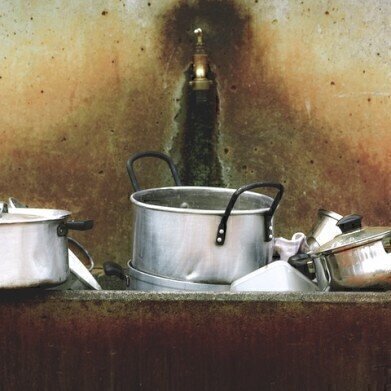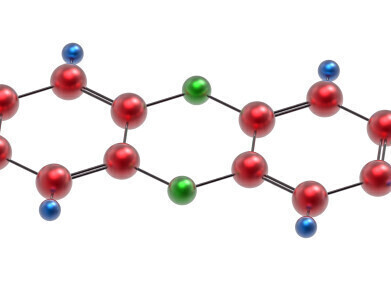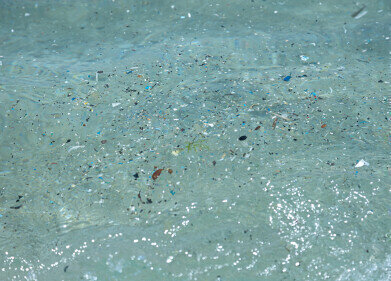GC-MS
Chromatography Reveals Ancient Cooking Blunder
Oct 07 2016
It’s not every day you discover something that’s 3,000 years old. That’s exactly what’s happened in Denmark, where archaeologists have found an ancient clay pot in one of their excavations. There’s more too it though. Using chromatography, they have been able to examine the contents of the pot, and it’s hardly a shining example of ancient Scandinavian cuisine…
Over 3,000-years old
The small clay pot was discovered amongst other items at the bottom of what’s thought to be an old waste pit. The archaeologists have estimated an age of around 3,000 years for the pot by comparing it to similar pieces from that era. “The pot is typical for cooking vessels in this region of Denmark. It was accompanied by several other objects fitting the dating," said Kaj F. Rasmussen, an archaeologist involved in the discovery.
Preserved in the earth, the pot was found in impressively good condition considering its age. “Ordinarily clay pots will have been reduced to shards before deposition, or have been crushed by pressure from the covering earth,” explained Rasmussen. It seems a unique and intriguing set of conditions have led to the pot being preserved. But even more interesting was the contents of the pot.
White-yellow substance
As the team carefully cleaned their finding, a thin crust began to appear. It was a white-yellow substance that coated the inside of the vessel. This is particularly odd because food remnants are usually black from charring. Naturally curious, they decided to take samples of the substance for analysis. Using gas chromatography — they were able to reveal that the substance contained bovine fats.
Gas chromatography has become a conventional way of analysing fatty acids. It’s come on a lot since its first use by Archer John Porter Martin nearly a century ago for the same purpose. Innovations and developments are constantly opening up new fields of research, as discussed in the article ‘Healthy Fat in Chips and Sausages? A new Method for Extraction, Digestion and Analysis of Fat in Food Samples’.
Irreparable damage
“The fats,” Rasmussen speculates, “could be a part of the last traces of curds used during the original production of traditional hard cheese.” Because of its high sugar content, it was better preserved than other such substances. The question is, why wasn’t the pot cleaned?
The cheese might have been so badly burnt that the pot was irreparable, or maybe it was so bad the cheese maker wanted to throw it away immediately. Perhaps they just couldn’t be bothered to wash-up. Whatever the reason, it’s definitely got the archaeologists thinking.
Events
May 11 2025 Vienna, Austria
May 18 2025 Tempe. AZ, USA
May 21 2025 Birmingham, UK
Jun 01 2025 Baltimore, MD, USA
Jun 15 2025 Bruges, Belgium














